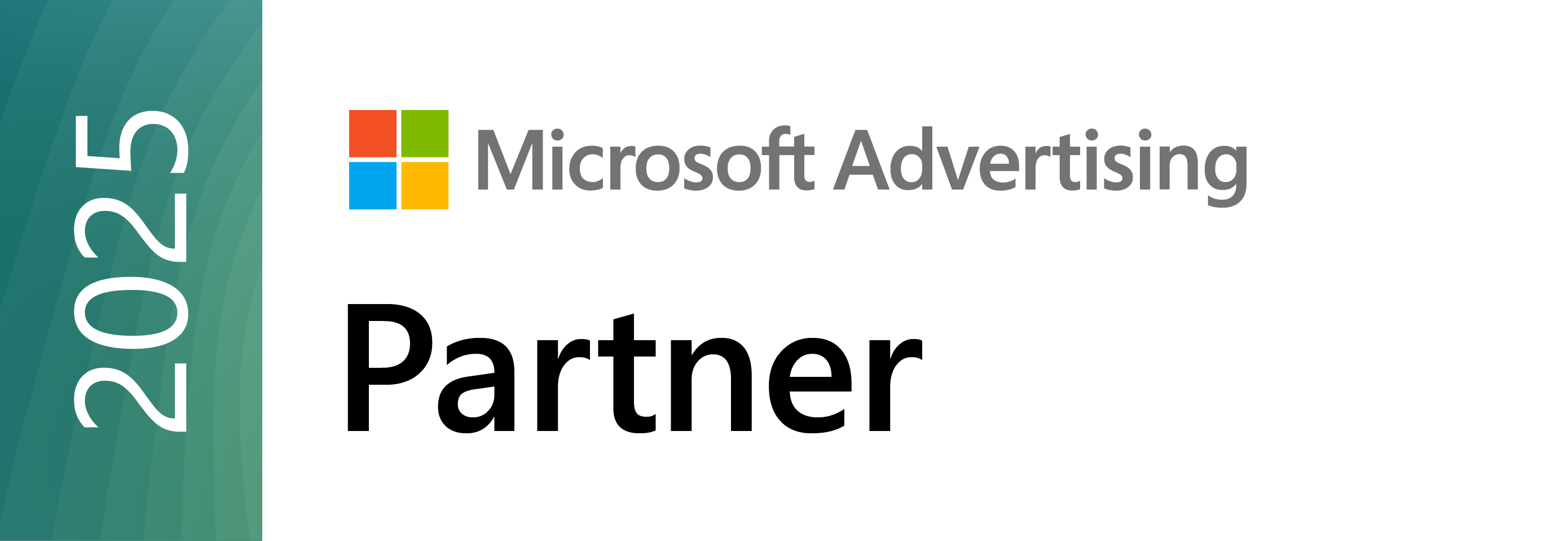
We all know how important social media is, right?
Heck, you probably found this article on Facebook.
The latest statistics show that 65% of Americans use social media sites. Within the 18-29 age group, that figure soars to 90%.
Among those platforms, Facebook is one of the most important – its 1.7 billion monthly active users trumps the population of many small countries. And, a third of those are in the coveted 25-34 age group that marketers, like you, are trying so hard to reach.
There’s only one problem: they’re not on Facebook to buy from you.
They may check out your page and peruse it, but they are likely more interested in connecting with friends, planning events, sharing photos and ranting about politics. In other words, they use social media for, you know, social reasons.
That’s one of the reasons it can be hard to make the mental leap in recognizing how social media, and Facebook in particular, helps with the buyer’s journey.
As HubSpot reminds us, “The buyer’s journey is the process buyers go through to become aware of, evaluate, and purchase a new product or service.”
A typical buyer’s journey has three stages:
Social media is a great tool for raising awareness, but it also helps with the other stages of the journey. Here are some ways to use Facebook effectively to convert those disaffected followers into buyers and advocates of your company.
Before you can improve conversions from your Facebook followers, you first have to know who they are and understand them. Only then will you be ready.
Luckily, like other social media sites, Facebook provides a wealth of information to help you to do this. If you haven’t cozied up to Facebook’s Page Insights, now’s the time to start. That’s where you’ll discover the demographic makeup of your Facebook audience (gender, age, location and language), plus information on how they’re responding to your content. You can learn:
This information will help you flesh out your customer personas and refine your content strategy. It’s important to note here that your content strategy goes hand in hand with your social media strategy.
Why? Because your social media updates and the content you share will provide the information customers need at different stages of the buyer’s journey.
If you’ve done buyer persona research, you understand the main issues your customers are trying to solve. And, you’re already creating content that further refines their problems and offers the possibility of solutions.
When you have that ready, Facebook is the ideal place to share it. You can even use the recently updated Notes feature to create content specifically for your Facebook audience.
HubSpot does an excellent job of identifying issues that may be of concern to customers and creating content to address these issues. On its Facebook page, the company shares that content with a teaser that gets to the heart of the customer’s problem.
For example, the update below targets customers who are aware that Instagram is out there but have no idea how to use it as a business tool.
It’s true that in the traditional buyer’s journey, the awareness stage is about the issue your customer faces. But consider this. When you throw social media into the mix, you are also raising awareness that your company is out there. This sticks your brand’s metaphorical head above the parapet so customers are aware of you when they are ready for the next stage.
How you do this is also very important.
Keeping with the HubSpot example, the company provides tons of free information, most of which does not make a direct sales pitch. Instead, it creates helpful content and teases readers with more free content in the call to action. This helps potential customers trust the company and keep HubSpot top of mind when looking for solutions.
Grammarly, an online grammar checker, takes a much different approach.
The company shares puns, grammar goofs, posts about books and reading, and general word nerdery, plus helpful advice on language and grammar. Some of its 6.5 million followers are sure to think of the company if there’s a language problem they need to solve.
Some 83% of consumers trust friends’ recommendations rather than advertising when thinking about purchasing, so even if your followers don’t plan to buy, having them recommend you to others is important too.
One thing that’s notable about both companies above is that they are not afraid to show personality and to respond to comments. Being responsive (and dare I say, human?) shows customers you care about them and what they have to say.
This will help the consider you as a possible solution when they get to that stage. Speaking of the consideration phase…
(This one is awesome. READ ME!)
Here’s a statistic from Marketing Week to make you think: 31% of people use social media to scope out products before they buy. Here are two more: a quarter of online shoppers use Facebook for this purpose and 19% would love to buy products directly from Facebook. In other words: Facebook is a crucial part of the journey from follower to customer. (And as Facebook continues to expand its shopping channel, it may become even more important in the future.)
Here are some of the ways you can use it.
At this stage, potential customers are still making their minds up about a range of potential products and solutions to their problem. You can help them choose yours by using Facebook as a place to show how what your company does delivers what customers want.
A good example of this is Maersk Line, which uses social media heavily to keep its company top of mind for those buying shipping services, but it does so without the hard sell.
In an interview with eConsultancy, Maersk noted that with consumers looking at 10.4 pieces of content before making a decision, its social strategy aimed to make sure that the bulk of that content came from Maersk itself.
Social media monitoring is an important part of this process. Whether you use an external tool or simply enable notifications via Facebook’s mobile apps, it’s important to be responsive as potential customers ask more in-depth questions that will help them to make a choice.
At this stage, customers may also be willing to trade their email address for additional content that will guide their decision. Inviting them to your email list, including relevant offers in the social media content mix and promoting these selectively with Facebook advertising can assist the conversion process.
In the final stage, your followers have a better understanding of all the aspects of their issue and are reaching the decision point. All the information you have provided in the awareness and consideration stages means that yours is one of the solutions they are considering.
It’s time to seal the deal – and that means providing even more value via your Facebook page. This is a good time to share customer stories and testimonials as this social proof will help potential customers decide in your favor when they are ready to buy.
It’s also a good time to offer free trials, consultations and other incentives that allow potential customers to understand how your product solves their problem. On its Facebook page, Shopify includes the elevator pitch on the cover image, has a call to action button and a link to a free trial offer in the sidebar.
Unlike the other stages, you can be a little more promotional with content shared at this point (still keeping in mind that most people don’t like overt marketing). Again, being responsive and genuine can make a big difference; research from Bain & Company shows that companies that engage with their customers on social media can see a 30-40% increase in spend.
Here’s how some companies are using Facebook to interact with followers at different stages of their journey:
Still on the fence about using social media in your marketing? Don’t be. The examples in this article prove that Facebook is an incredibly powerful tool for all phases of the buyer’s journey. And, when used well, it can increase customer interaction and turn fans into sales.
Now, let Oodle prove it to you. Let’s talk about how to put social media to work for your brand.
Get marketing insights that actually move the needle — directly in your inbox.



